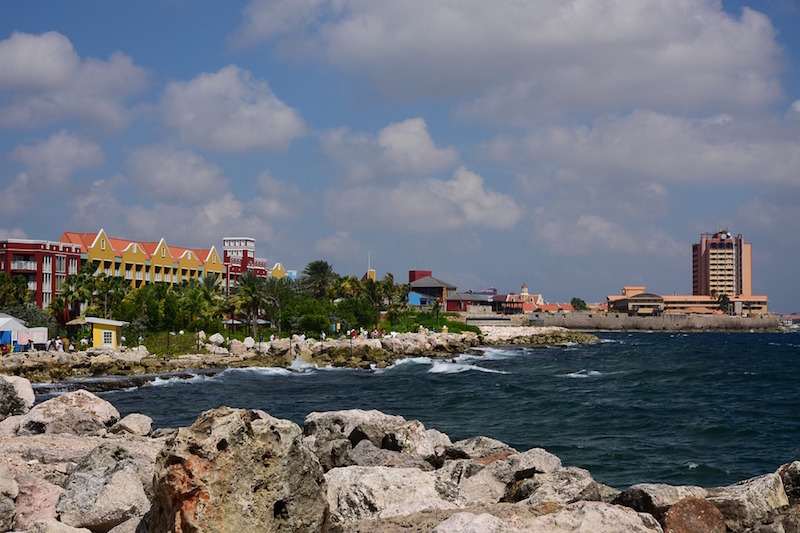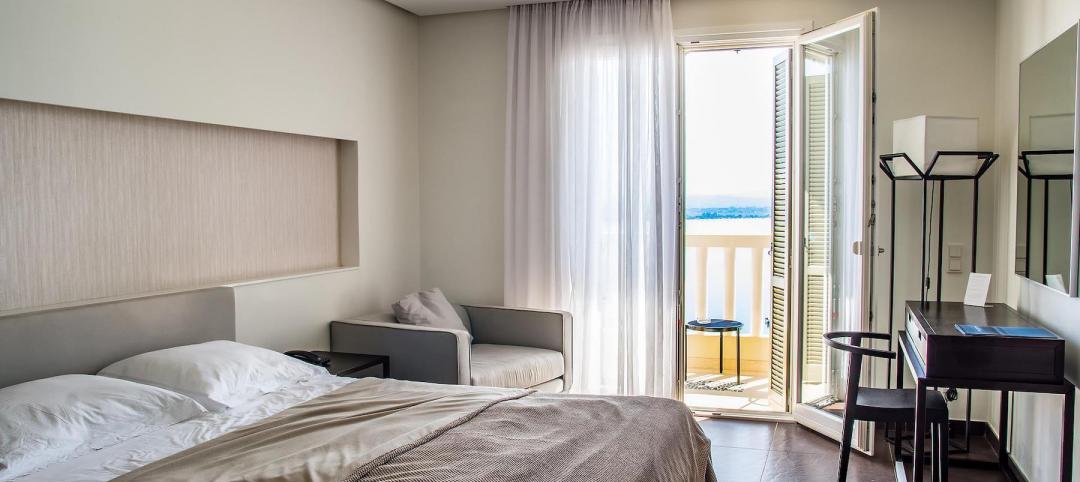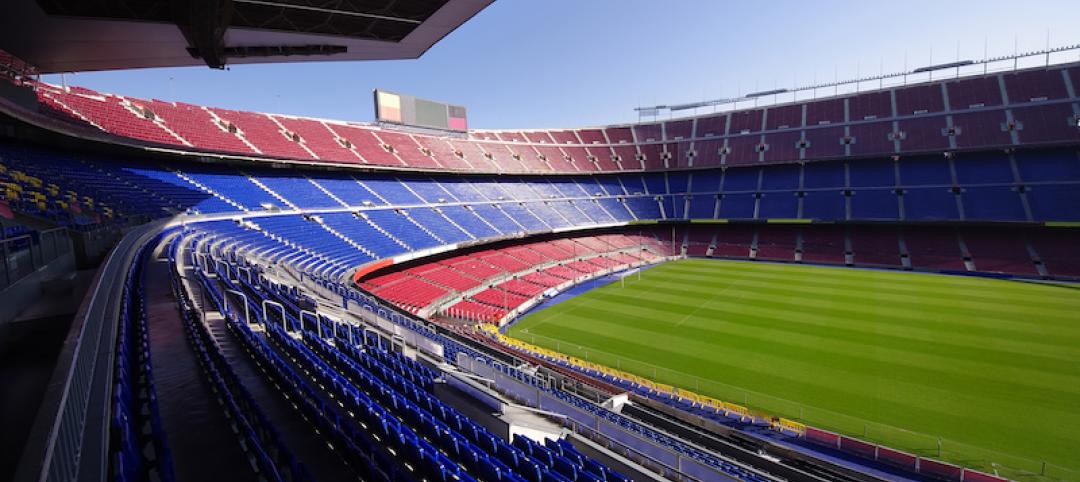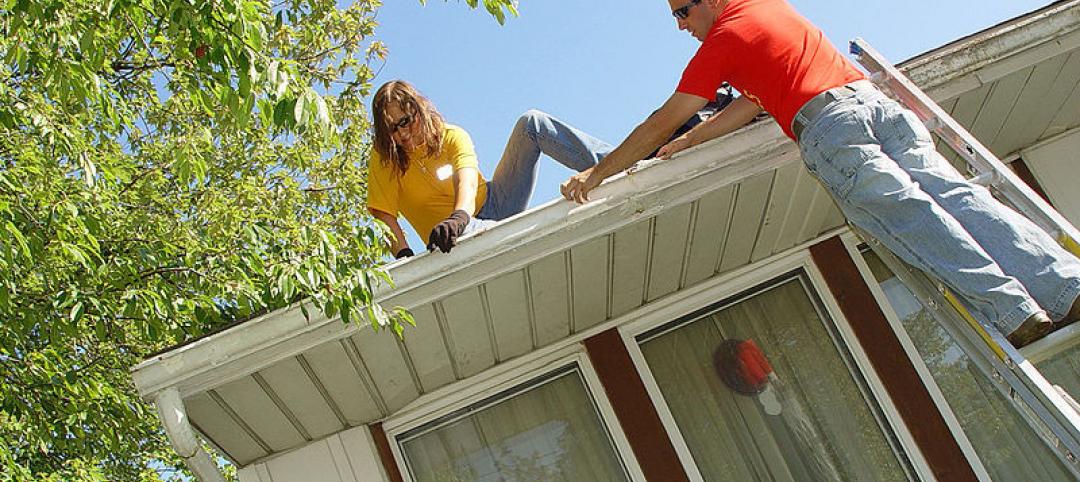The Caribbean’s idyllic beaches and balmy sea breezes are a magnet for visitors from around the world; many ultimately put down roots in the community, living and working there on a permanent or extended basis. This creates a potentially lucrative market for housing and recreational development. However, in true rose-colored-glasses tradition, individual clients and even seasoned AEC professionals can be in for an unhappy surprise when undertaking a construction project in the islands.
The island setting itself is at the root of several of these disruptive assumptions. One of the most common misconceptions prospective developers or residents have concerns the cost of building in the Caribbean. Many believe that because the cost of general labor on an island is low, then the cost to construct a project will also be low—particularly when compared to the cost of building a similar project in their home region of Europe or North America. But this reasoning is flawed, and can lead to dreams turning into nightmares.
Rider Levett Bucknall’s (RLB) experience in the Caribbean goes back 50 years, offering guidance identifying and mitigating the risks of the construction and development process for local projects. To realize a small or large building, it’s critical to be aware of several conditions that might not be on the radar, particularly if the client is new to construction in the Caribbean. Among them:
Not a Deep Labor Pool
While the cost of labor in the Caribbean is generally lower than in the U.K. or U.S. (In the islands, the median hourly wage for construction work is $8.61 [2015]; the U.S. rate is $16.07 [2016]), with many islands having populations of less than 100,000, the work force for building projects is limited. Skilled labor—such as HVAC technicians and appliance, media, and electronics installers—are a particularly rare commodity. As a result, contractors must resort to importing skilled workers from larger islands or even from outside the region. So, while the cost of employing an unskilled laborer to excavate a foundation trench may be low, to complete other, more complex elements of the building, the labor cost could be much higher as it may have to factor in expenses for travel, accommodation, and local transportation.
Limited Materials Market
While most Caribbean islands have limited manufacturing capability, such as small factories that manufacture concrete blocks, when it comes to producing other building materials, most, if not all, need to be imported from outside the region. This reality adds freight fees, import duties, and potentially schedule-slowing delivery periods to the cost of the project. In places, the raw materials—such as aggregates for concrete—are simply not available locally, and need to be shipped in for the specific project.
It is not just building materials that can be a challenge to source locally. Construction equipment, such as large excavators or cranes, is often ferried from island to island as project demand dictates, again adding to the cost to build. And bear in mind that should machinery break down, spare parts, too, may likely need to be imported.
Finally, most developers are accustomed to hooking up to municipal utilities in a routine manner. But in the Caribbean, sufficient infrastructure support cannot be taken for granted. Hotel and resort operators and their design teams need to ensure at the outset that there will be adequate potable water, power, and sewage treatment capacity to properly service the property. For most projects, it’s very unlikely that all of these facilities are all existing; upgrading the infrastructure systems must be factored into any feasibility costing.
Local Compliance and Connections
When building in any remote location, it’s important to have representatives on site. It’s no different in the Caribbean. In fact, island regulations require all construction drawings be submitted for government approval by a locally based, registered architect, so establishing some sort of working partnership with a Caribbean resident is necessary for off-island developers who opt to work with a design team from their home countries. Local designers not only know the ins and outs of local codes, customs, and procedures, but can offer insight into proven solutions for hurricane and seismic risks. Resort buildings must be "insurable" against such known risks, so architects must design to standards recognized and approved by insurance companies.
These are some of the major points that can direct decisions for any new construction project in the Caribbean. From a single villa to an expansive destination resort, projects of all scales can benefit from careful thinking, advance planning, and selecting the experienced team.
Mark Williamson is the Managing Director of Rider Levett Bucknall's Caribbean business. A law graduate, Chartered Quantity Surveyor, and a Fellow of the Royal Institution of Chartered Surveyors, he has over 30 years of experience in the construction industry, including a great deal of international experience on large development projects.
More from Author
Rider Levett Bucknall | Aug 14, 2023
Fast-tracking construction projects offers both risk and reward
Understanding both the rewards and risk of fast-tracking a project can help owners, architects, engineers, and contractors maximize the benefits of this strategy and can bring great reward on all fronts when managed properly.
Rider Levett Bucknall | May 31, 2022
Checking out: Tips for converting hotels to housing
Many building owners are considering repositioning their hotels into another property type, such as senior living communities and rental apartments. Here's advice for getting started.
Rider Levett Bucknall | Feb 14, 2022
How building owners and developers can get ahead of the next supply chain disaster
Global supply chain interruptions that started at the very beginning of the pandemic are still with us and compounding every step of the way. Below are a few proven tips on how to avert some of the costly fallout should we be faced with similar commercial disasters at any time in the future.
Rider Levett Bucknall | Jul 24, 2019
Design goooals for football stadiums: Lessons from the U.K. and the U.S.
Both professional soccer and football have vigorously pursued targeted global growth.
Rider Levett Bucknall | Apr 30, 2018
Following—and forecasting—the money: Financial modeling for project managers
To wait until there’s a problem affecting design and construction before consulting with a PM wastes valuable time when a project is at its most vulnerable point.
Rider Levett Bucknall | Jan 11, 2018
Harvesting energy and profits: A new approach to MEP cost analysis
In the course of providing cost estimating services, educating the client on making prudent choices is a high priority.
Rider Levett Bucknall | Sep 6, 2017
Following the money: G702 progress payment certifications
There is no single method of calculating progress payments, but the most common formula is the percentage of completion applied to the total contract price, less a retainage which is held by the owner until final acceptance of the project.
Rider Levett Bucknall | Feb 8, 2017
Don’t leave your office or business vulnerable to drive-by lawsuits
Across numerous states, unscrupulous attorneys are filing hundreds of “drive-by” lawsuits that are founded on noncompliance with ADA regulations against businesses that often have no idea they have done anything wrong.
Rider Levett Bucknall | Nov 10, 2016
Prescription for success: Managing technology in the design of healthcare facilities
While the benefits of intelligently deployed technology are abundantly clear to both designers and healthcare end-users, it’s no simple task to manage the integration of technology into a building program.
Rider Levett Bucknall | Aug 29, 2016
Home maintenance 101: How uninformed homeowners can cause developers big headaches, and what to do about it
By taking a proactive stance, the home-building industry can both educate the public about the importance of home maintenance and raise awareness within the construction community about protecting their professional rights and reputations.















